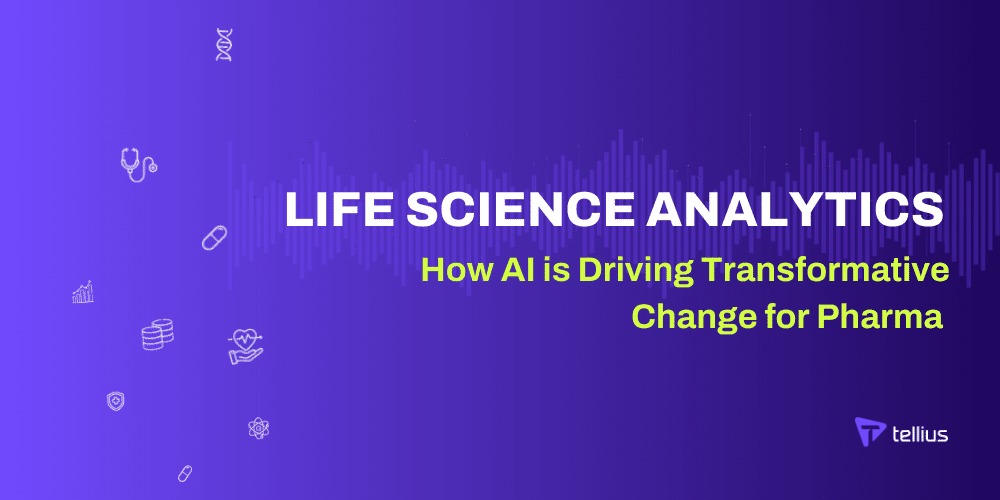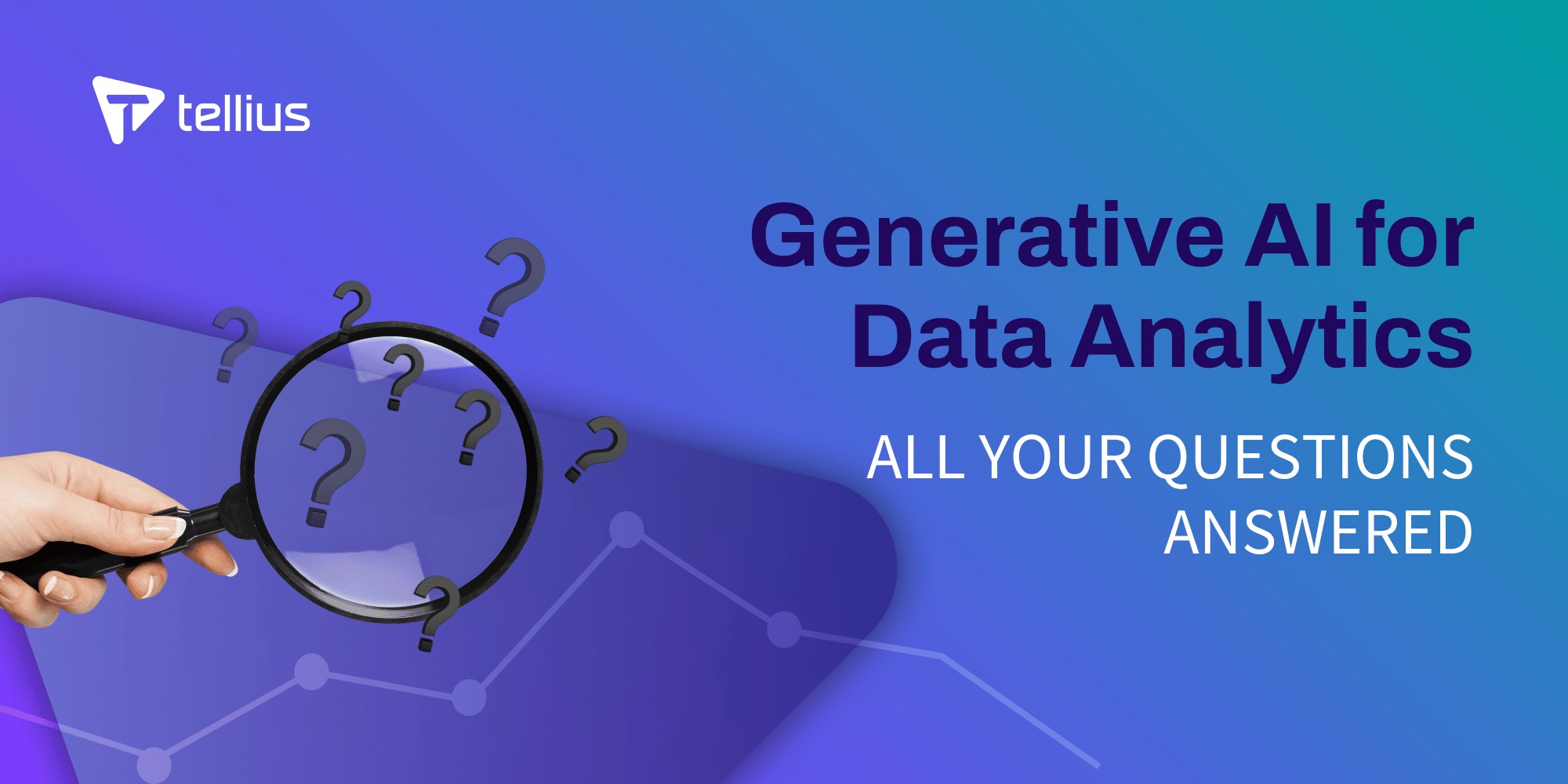 Conversion-Focused Landing Pages – More Leads, Less Bounce!
Conversion-Focused Landing Pages – More Leads, Less Bounce!
AI Analytics for Optimizing Inventory: A Game Changer for Supply Chain Efficiency
Written by Tellius » Updated on: June 17th, 2025

In today’s fast-paced business environment, efficient inventory management is critical to a company’s success. Poor inventory practices can lead to stockouts, overstocking, and lost sales—costly errors that directly impact the bottom line. Fortunately, advancements in AI analytics are transforming how businesses manage inventory, allowing for more precise forecasting, real-time tracking, and automated decision-making. This shift to AI-powered inventory optimization is helping companies reduce costs, enhance customer satisfaction, and streamline their supply chains.
The Challenge of Inventory Management
Inventory management has always been a balancing act. Companies must keep enough stock to meet customer demand while avoiding overstocking, which ties up capital in unsold goods. For many businesses, this challenge has become more difficult due to factors such as increasing product variety, fluctuating demand, and complex global supply chains.
Traditional inventory management methods rely heavily on historical data and manual forecasts, which can lead to inaccurate predictions and costly errors. As companies scale and data volumes increase, managing inventory becomes even more difficult.
How AI Analytics Optimizes Inventory
AI analytics is revolutionizing inventory management by providing data-driven insights that allow businesses to forecast demand, optimize stock levels, and automate decisions. Here are the key ways ai analytics for optimizing inventory management:

1. Demand Forecasting with AI
AI analytics uses advanced algorithms and machine learning to analyze large datasets and identify patterns that humans may miss. By analyzing historical sales data, market trends, seasonality, and external factors such as weather or economic conditions, AI can create highly accurate demand forecasts.
These predictive models allow businesses to better anticipate customer demand and adjust their inventory levels accordingly. This leads to reduced stockouts, fewer overstock situations, and improved customer satisfaction, as products are available when needed.
2. Real-Time Inventory Tracking
AI-powered systems can provide real-time visibility into inventory levels across different locations, whether in warehouses, distribution centers, or retail stores. This real-time tracking helps businesses monitor stock levels continuously and make data-driven decisions based on current conditions.
With real-time analytics, companies can react quickly to changes in demand or supply chain disruptions. For example, if sales for a particular item spike unexpectedly, AI systems can alert managers to reorder stock before it runs out. Conversely, if demand drops, AI can recommend slowing down replenishment to avoid overstock.
3. Automated Inventory Replenishment
AI analytics not only provides insights into inventory levels but can also automate replenishment decisions. By integrating ai analytics for optimizing inventory, companies can set up automatic reordering processes based on predefined rules, such as reorder points or safety stock levels.
For instance, when an item’s stock reaches a critical level, AI systems can automatically trigger purchase orders from suppliers or redistribute stock from other locations. This automation reduces the risk of human error and ensures that inventory levels are consistently optimized without manual intervention.
4. Inventory Optimization Across Multiple Channels
As e-commerce continues to grow, businesses must manage inventory across multiple sales channels, including online stores, physical retail, and wholesale. AI Analytics for optimizing inventory enables companies to optimize inventory distribution across these channels by analyzing sales data, customer preferences, and geographic demand patterns.
By using AI to determine where to allocate inventory, companies can minimize shipping costs, reduce delivery times, and improve customer satisfaction. Additionally, AI analytics can help businesses manage returns and reverse logistics more efficiently, further streamlining the supply chain.
5. Cost Reduction and Efficiency Gains
One of the biggest advantages of AI analytics for optimizing inventory is the cost savings it provides. By maintaining optimal inventory levels, businesses can reduce excess stock and the associated holding costs. At the same time, they can avoid lost sales due to stockouts, maximizing revenue.
AI analytics also increases operational efficiency by reducing the time spent on manual tasks such as inventory audits, demand forecasting, and order management. Employees can focus on higher-value activities while AI handles the heavy lifting of data analysis and decision-making.
AI analytics is transforming inventory management from a reactive, manual process to a proactive, data-driven strategy. By providing real-time insights, accurate demand forecasting, and automated decision-making, AI helps businesses optimize stock levels, reduce costs, and improve supply chain efficiency. As competition intensifies and customer expectations rise, adopting AI-driven inventory optimization can give companies a crucial edge in today’s dynamic market.
Note: IndiBlogHub features both user-submitted and editorial content. We do not verify third-party contributions. Read our Disclaimer and Privacy Policyfor details.
Copyright © 2019-2025 IndiBlogHub.com. All rights reserved. Hosted on DigitalOcean for fast, reliable performance.














